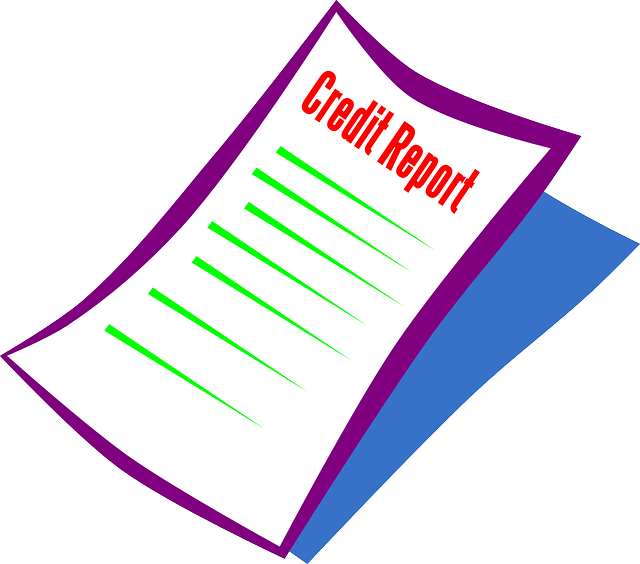In real estate, down payments are crucial for buyers and lenders. This upfront payment, a percentage of the property price, influences financing accessibility and purchasing power. Factors like property type, interest rates, credit score, market conditions, and government regulations determine down payment amounts. Strategies to optimize savings include exploring off-market opportunities, creative financing options, and partnerships. These approaches help navigate competitive markets and secure property with limited funds.
In the competitive world of real estate, making a down payment can seem like a significant barrier for buyers, especially first-timers. However, understanding this crucial aspect is key to navigating the market successfully. This comprehensive guide delves into the intricacies of low down payments, exploring factors that influence their amount and providing strategies to secure your dream property with minimal initial investment. By the end, folks will be equipped to make informed decisions in the real estate landscape.
Understanding Down Payments in Real Estate: A Comprehensive Guide

In real estate, a down payment is the initial portion of a property’s purchase price that a buyer pays upfront, typically represented as a percentage of the total cost. This significant contribution is crucial in facilitating the buying process and securing financing from lenders. Understanding down payments is essential for prospective buyers navigating the real estate market, as it can impact their financial capabilities and overall purchasing power.
A comprehensive guide to down payments reveals that they serve as a safety net for lenders and an investment for buyers. By making a substantial down payment, borrowers demonstrate financial responsibility and reduce the risk associated with mortgage lending. Conversely, for homebuyers, it’s a strategic move that can lead to lower interest rates, reduced monthly payments, and potential long-term savings. This guide will delve into the factors influencing down payment amounts, different types of down payment options, and strategies to maximize savings while achieving homeownership.
Factors Influencing the Amount of a Low Down Payment

In the realm of real estate, the low-down payment scenario varies greatly depending on several key factors. One major influencer is the type of property being purchased—residential vs commercial, for instance, often carry different down payment expectations. Additionally, interest rates play a significant role; higher rates can increase the required down payment to mitigate risk for lenders.
Credit score is another critical aspect; prospective buyers with higher credit scores often secure better loan terms and may be eligible for lower down payments. Lender policies and government regulations also dictate minimum down payment requirements, sometimes as low as 3% or less for specific programs designed to promote homeownership. Market conditions, including property value appreciation and competition among buyers, can further affect the necessary down payment amount.
Strategies to Secure a Property with Minimal Initial Investment

Securing a property, especially as an investor or first-time buyer, can be daunting, particularly when funds are limited. However, there are several strategies to navigate the real estate market with minimal initial investment. One approach is to focus on off-market opportunities, such as direct owner sales or pre-foreclosures. These properties often skip the listing stage, offering buyers a chance to negotiate better prices and avoid competitive bidding.
Another strategy involves leveraging partnerships and creative financing options. Co-buying with other investors can spread the initial costs, making it more manageable. Additionally, exploring lease-to-own agreements or using hard money loans for short-term financing can provide a bridge until traditional financing is secured. These strategies not only reduce the financial strain but also open doors to diverse real estate opportunities in today’s competitive market.






